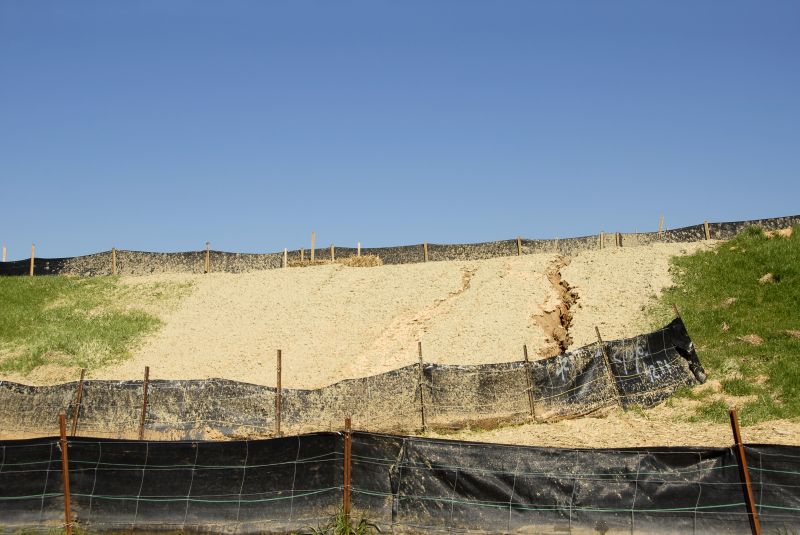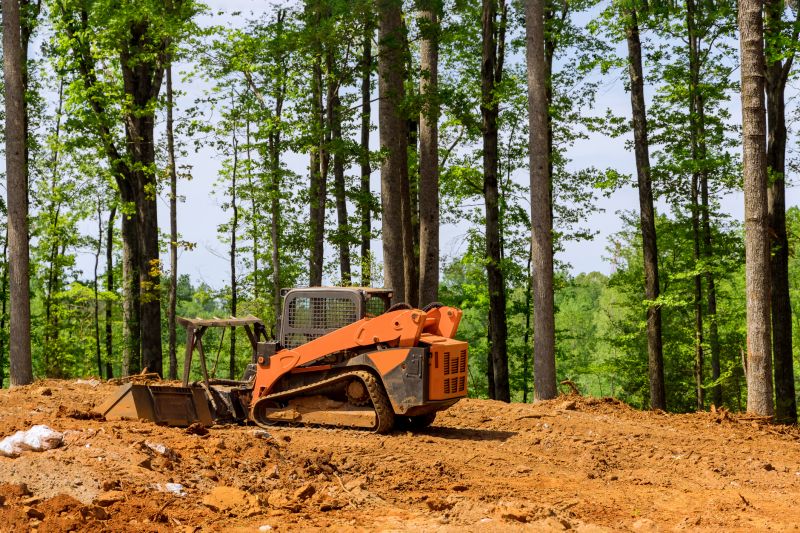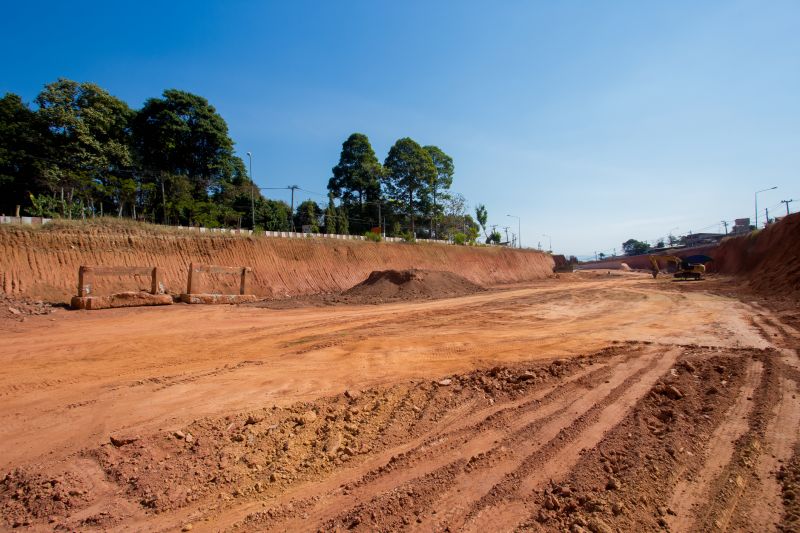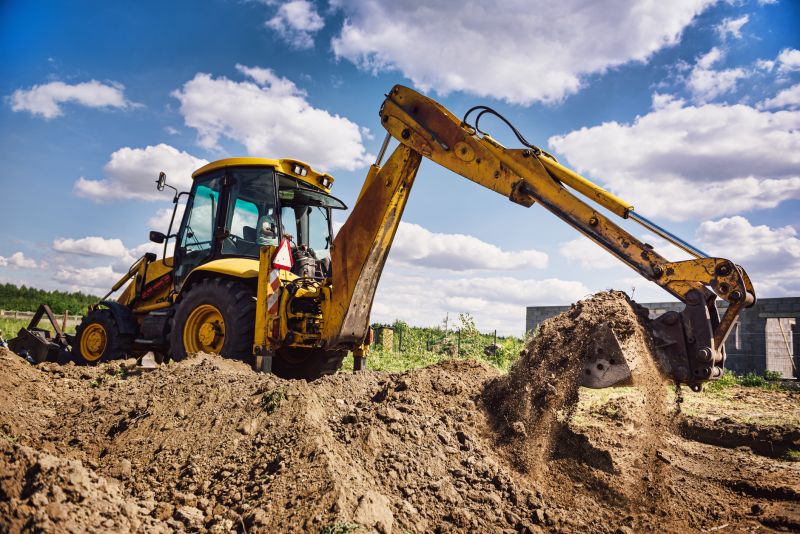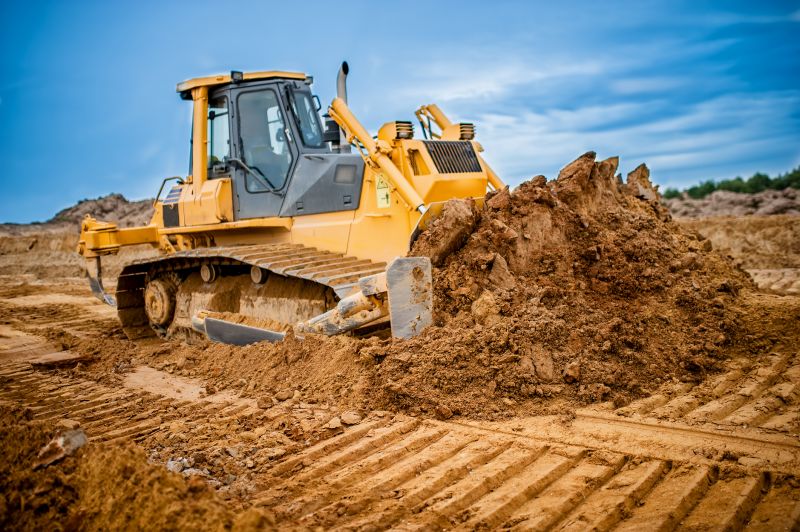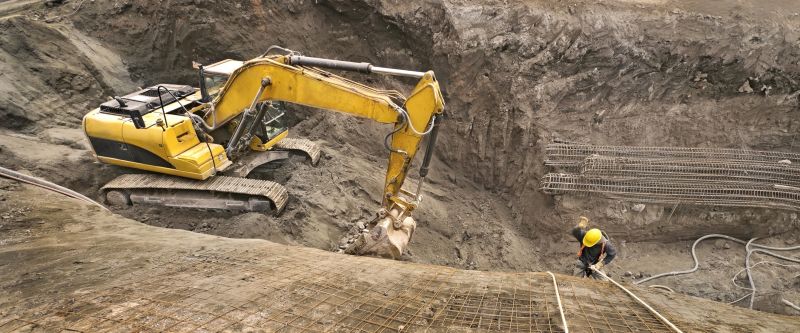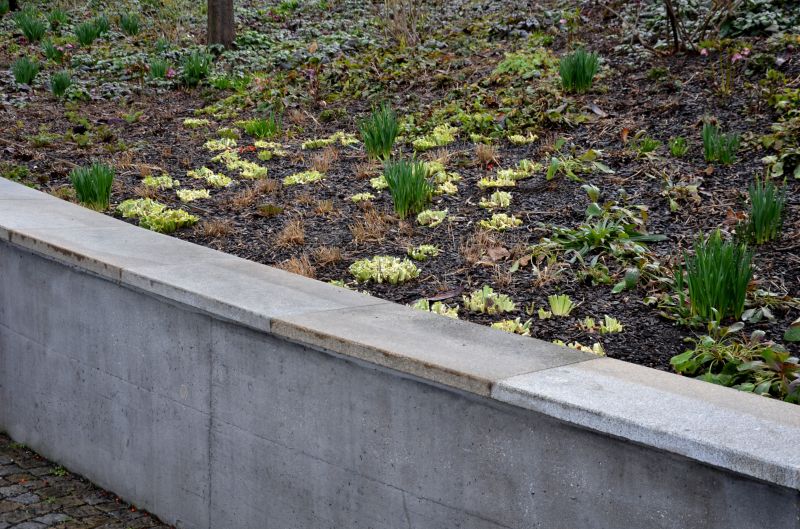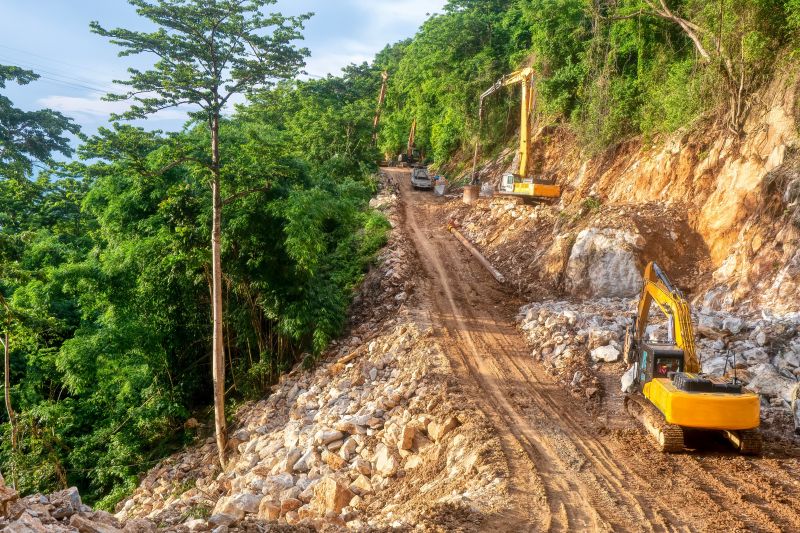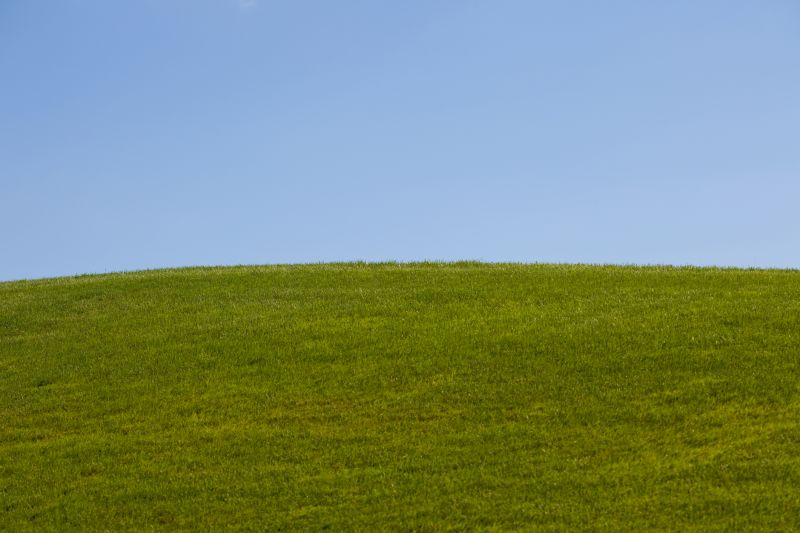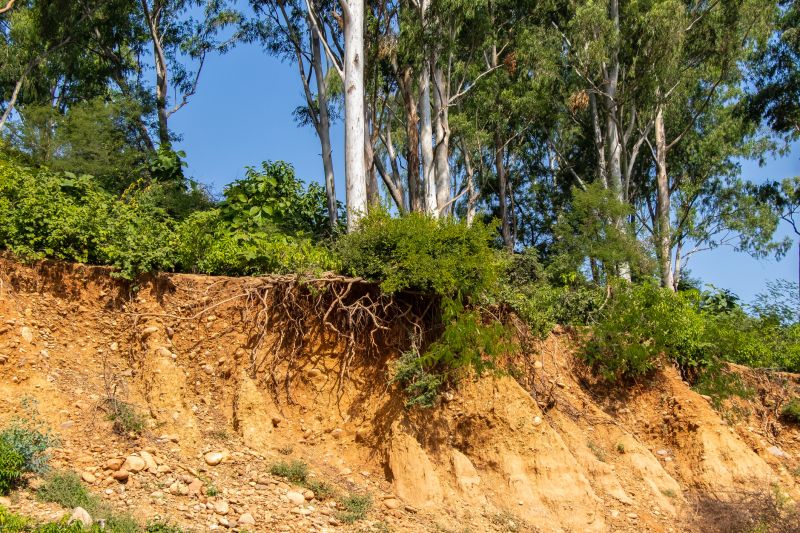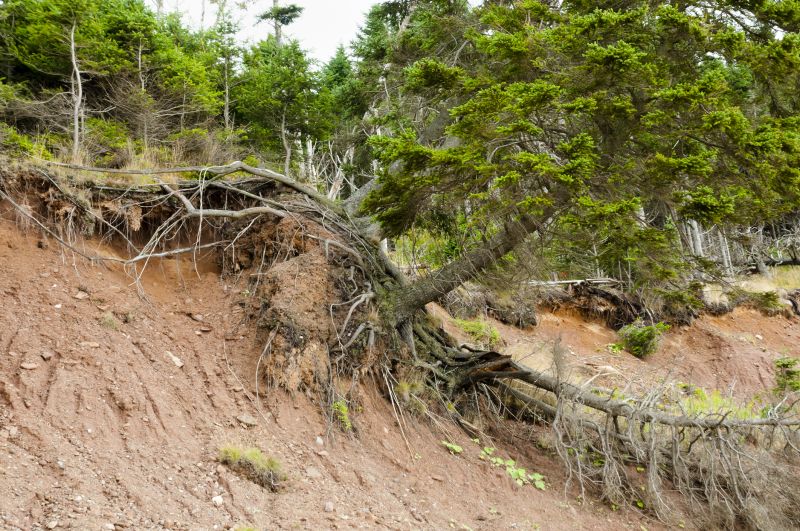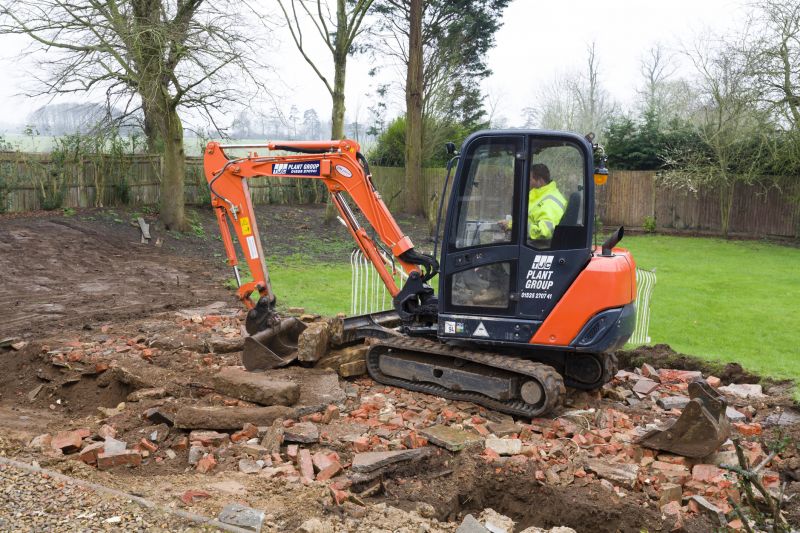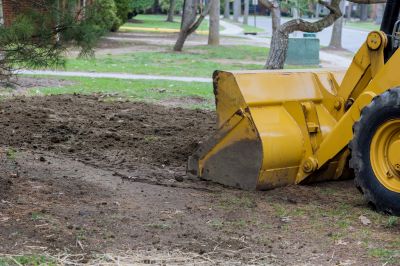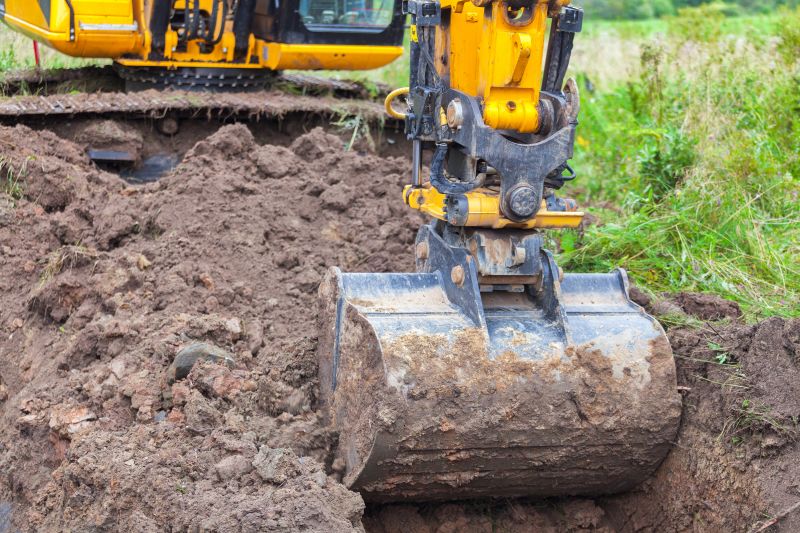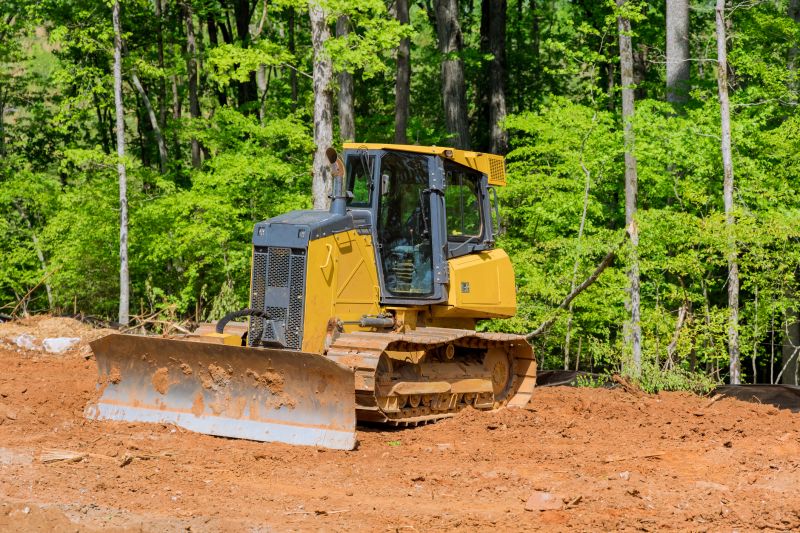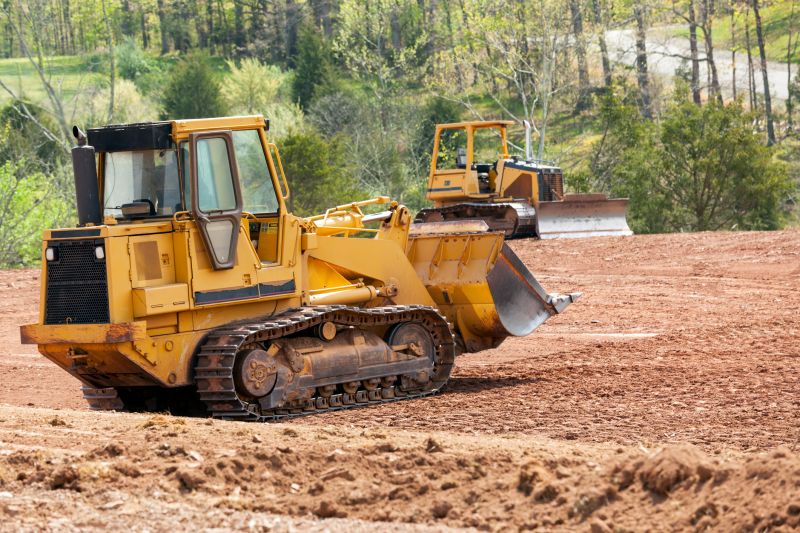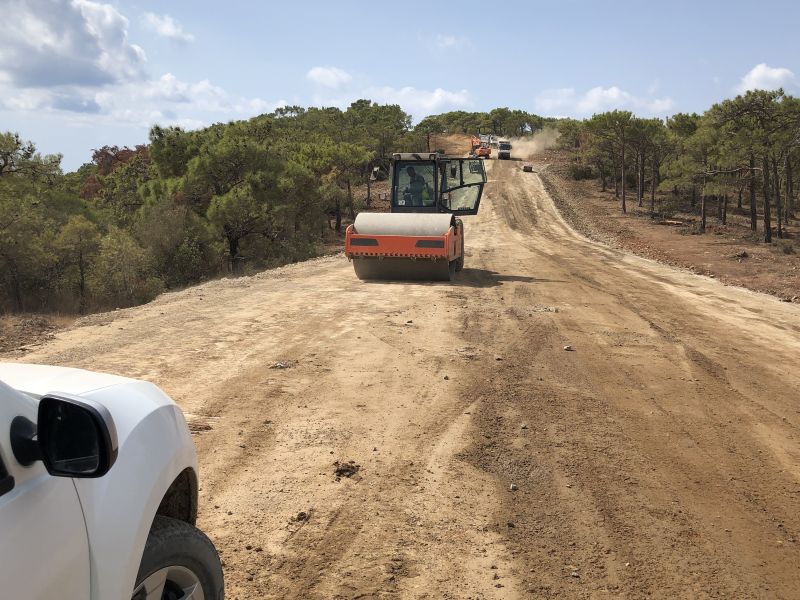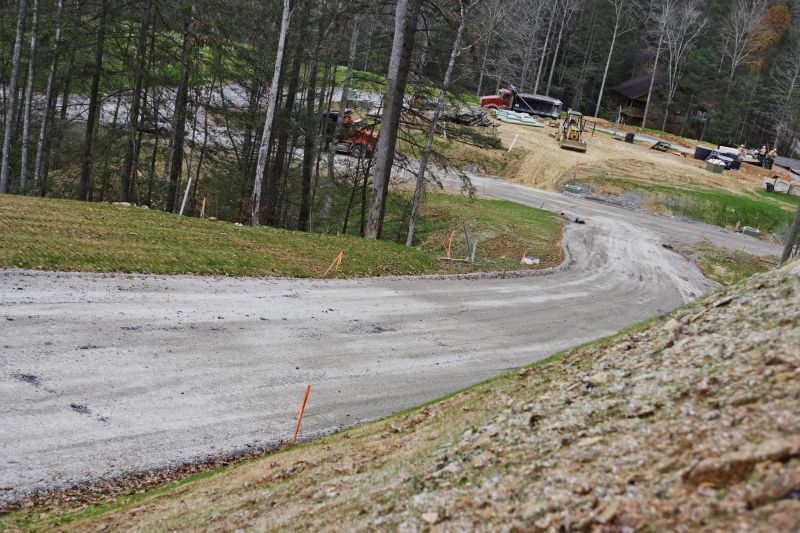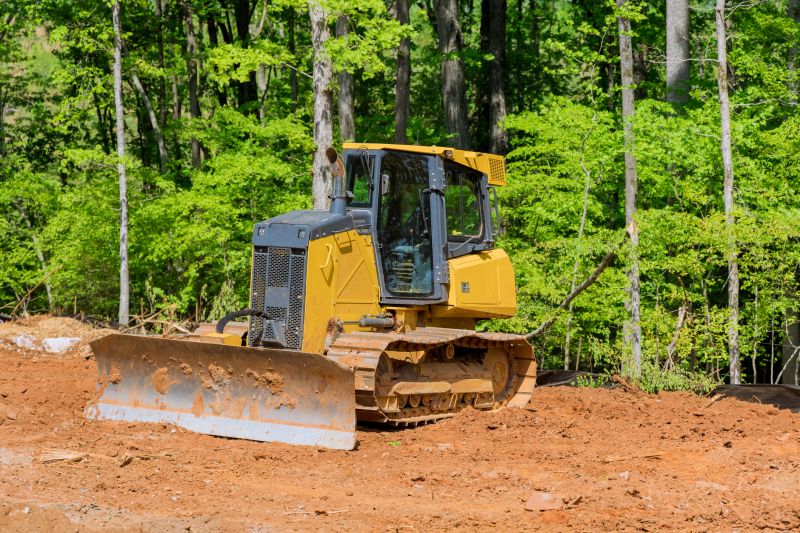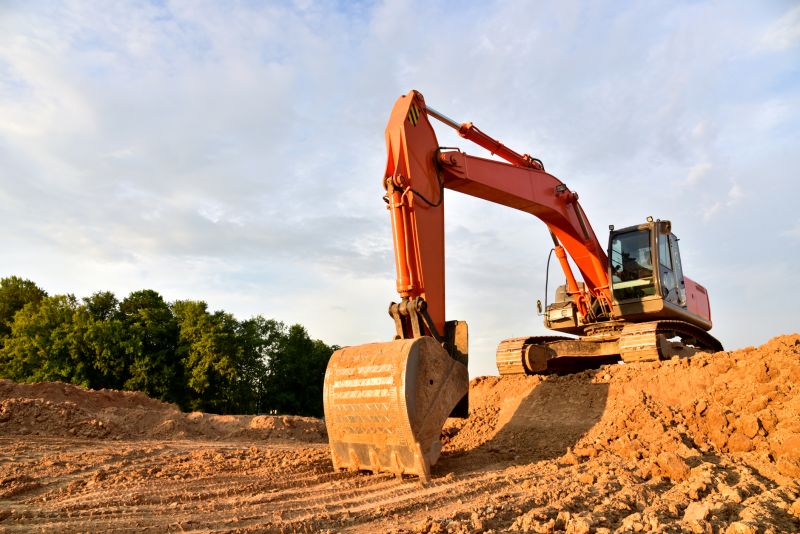Step 1: Assess the Damage
Start by examining the hillside slope to determine the extent of the damage. Look for signs of erosion, cracks, or any other visible issues that need to be addressed.
Step 2: Clear the Area
Remove any debris, loose soil, or vegetation that may hinder the repair process. This will provide a clear workspace and allow you to assess the slope more accurately.
Step 3: Stabilize the Slope
Depending on the severity of the damage, you may need to stabilize the slope. This can be done by installing retaining walls, using geotextiles, or implementing other erosion control measures.
Step 4: Reinforce with Vegetation
Planting vegetation, such as grass, shrubs, or trees, can help reinforce the slope and prevent further erosion. Choose plants that have deep root systems and are suitable for the specific soil and climate conditions in your area.
Step 5: Install Drainage Systems
Proper drainage is essential for preventing water accumulation and erosion. Consider installing drainage pipes, French drains, or other appropriate systems to redirect water away from the slope.
Step 6: Monitor and Maintain
Regularly monitor the repaired slope to ensure that it remains stable and free from any new signs of damage. Perform necessary maintenance tasks, such as removing weeds or repairing any erosion control structures as needed.
Step 7: Seek Professional Help if Needed
If the hillside slope damage is extensive or beyond your expertise, it is advisable to seek professional help. Consulting with a geotechnical engineer or a landscaping specialist can provide you with expert guidance and ensure a successful repair.

